Family Nymphalidae
This family is the most widespread of butterfly families.
Subfamily Danainae
Subfamily Satyrinae
Subfamily Morphinae
Subfamily Nymphalinae
Subfamily Heliconiinae
Subfamily Limenitidinae
Subfamily Danainae
Plain Tiger (Danaus chrysippus chrysippus)
Distinguished from Common and Black-veined Tigers by having the thinnest black veins on the wings. It has two forms - one with white hindwing, the other with orange hindwing.Common Tiger (Danaus genutia genutia)
It has thicker black veins on the wings than Plain Tiger, but thinner black veins than Black-veined Tigers. It has two forms - one with white hindwing, the other with orange hindwing.Black-veined Tiger (Danaus melanippus hegesippus)
Distinguished from Plain and Common Tigers by the thick black veins on the wings. Unlike the other two, it only has the white hindwing form.Yellow Glassy Tiger (Parantica aspasia aspasia)
The Yellow Glassy Tiger is different from the Dark and Blue Glassy Tigers by having yellow on the hind wings.Dark Glassy Tiger (Parantica agleoides agleoides)
It has unbroken blue stripes in the forewings, whereas those in the Blue Glassy Tiger are broken. It is common and may be found together with the Blue Glassy Tiger.Blue Glassy Tiger (Ideopsis vulgaris macrina)
It has broken blue stripes in the forewings, whereas those in the Dark Glassy Tiger are unbroken. It is common and may be found together with the Dark Glassy Tiger.Grey Glassy Tiger (Ideopsis juventa sitah)
It has more white stripes on the under hindwing than the Blue Glassy Tiger.Mangrove Tree Nymph (Idea leuconoe chersonesia)
It is larger than the Common Tree Nymph. It is distinctive because the black spots overlap and form an intertwined pattern. It is rare and exists in mangroves.Common Tree Nymph (Idea stolli logani)
It is among the larger butterflies in Singapore and are commonly seen in forests. They are easier identified by the black spots on white wings. It is common in forests.Spotted Black Crow (Euploea crameri bremeri)
It has 5 largish white spots at the forewing tip. Blue Spotted Crow as 4.King Crow (Euploea phaenareta castelnaui)
So called because it is the largest of the eight butterflies named "crows".Subfamily Satyrinae
Common Evening Brown (Melanitis leda leda)
The wings have a distinctive shape, with jagged edge, similar to Bamboo Tree Brown. But the latter has a much more distinctive underwing pattern.Common Palmfly (Elymnias hypermnestra agina)
Malayan Bush Brown (Mycalesis fusca fusca)
Unlike other bush browns, it has two red strips down the orangey (instead of brown) underwings.Dark Brand Bush Brown (Mycalesis mineus macromalayana)
It usually has fewer eye-spots on the under forewing, thick white stripe down the underwing, and lacks dark line parallel to white stripe.Purple Bush Brown (Mycalesis orseis nautilus)
Unlike other bush browns, it has more uniform-sized eye-spots and thick white stripe with purplish tinge down the underwing.Burmese Bush Brown (Mycalesis perseoides perseoides)
Similar to Long Brand Bush Brown with thick white border around ocelli and with dark line parallel to white stripe on the underwing, but both the border and the dark line are more jagged.Dingy Bush Brown (Mycalesis perseus cepheus)
Unlike other bush browns, it has an eyespot obviously out-of-line with the rest of the larger eye-spots on the under hindwing, and the ocelli on the under forewing form a bow shape. It has faint white border around the ocelli and narrow white stripe down the underwing.Long Brand Bush Brown (Mycalesis visala phamis)
Similar to Long Brand Bush Brown with thick white border around ocelli and with dark line parallel to white stripe on the underwing, but both the border and the dark line are less jagged.Dark Grass Brown (Orsotriaena medus cinerea)
Used to be called Nigger, but this derogatory term is no longer used for this butterfly. It looks like the bush browns but with 4 huge ocelli and a thick white stripe down the underwing.Common Five Ring (Ypthima baldus newboldi)
The Rings are so called for the yellow-rings around the black eye-spots on the underwing. They all have a large one on the forewing. There are one Six Ring, two Five Rings, one Four Ring and one Three Ring. The rings are only counted for the underside of the hindwing and the lowest two rings are counted as one as they often overlap.Malayan Six Ring (Ypthima fasciata torone)
The only one of the Rings with six rings.Malayan Five Ring (Ypthima horsfieldii humei)
One of two with five rings. Can be confused with the Common Five Ring, but its middle 2 rings are smaller and well separated, and the dark bands usually contrast well with the pale background.Common Four Ring (Ypthima huebneri)
The only one of the Rings with four rings.Common Three Ring (Ypthima pandocus corticaria)
The only one of the Rings with three rings.Subfamily Satyrinae
Common Faun (Faunis canens arcesilas)
All brown underwings with a row of white dots. Common Faun and Dark Blue Jungle Glory have round forewings. The latter is much more colourfully patterned on the underwing.Saturn (Zeuxidia amethystus amethystus)
Two eye-spots and a dark band on the hindwing. Not as plain as Common Duffer, but not as colourful as Palm King. All three have sharp forewings. Palm King has a pair of prominent eye-spots and a broad cinnamon band on the underwing. Saturn has less prominent eye-spots and a dark band on the underwing. Common Duffer is the plainest of the three, with even less prominent eye-spots and a paler dark band on the underwing.Subfamily Nymphalinae
Malayan Eggfly (Hypolimnas anomala anomala)
Distinguished by brown underwings with white spots lining the edge.Great Eggfly (Hypolimnas bolina)
Two subspecies can be found in Singapore. Distinguished from the Malayan Eggfly by having white band instead of white spots on the underwings. The nominate Great Eggfly (H. b. bolina) has well-separated thick white spots on the lower edge of the hindwings. The Jacintha Eggfly (H. b. jacintha) has thick white spots instead.Danaid Eggfly (Hypolimnas misippus misippus)
Distinguished from the Common Eggfly by much thicker white parts on the underwings.Autumn Leaf (Doleschallia bisaltide)
So called because it looks like a brown leaf.Peacock Pansy (Junonia almana javana)
It is orange all over with six eye-spots on the upperwings. On the underwings, there are two rings which overlaps. It is commonly seen.Grey Pansy (Junonia atlites atlites)
It has grey upperwings with eye-spots lining the lower edges. The underwings are like the upperwings. This is the rarest of the pansies.Chocolate Pansy (Junonia hedonia ida)
As its name suggests, it is chocolate brown all over the upperwings with eye-spots lining the lower edges. The underwings are like the upperwings. It is commonly seen.Blue Pansy (Junonia orithya wallacei)
Male is blue and black with six eye spots on the upperwings. Female differs by being brown in place of the blue and black. Underwings are like the Peacock Pansy, except there are no overlapping rings. This is commonly seen.Subfamily Heliconiinae
Tawny Coster (Acraea violae)
This species made it from the north to Singapore in 20061.Leopard Lacewing (Cethosia cyane)
Malay Lacewing (Cethosia hypsea hypsina)
Common Leopard (Phalanta phalantha phalantha)
It is orange with dark spots above, hence its name.Cruiser (Vindula dejone erotella)
This common butterflies is orange for the male and dark with thick white band for the female.Subfamily Limenitidinae
Commander (Moduza procris milonia)
Distinguished by a thick white radial band cutting through the forewings and hindwings.Knight (Lebadea martha)
There are 2 subspecies parkeri and malayana. The latter has bluish/purplish tinge in the whites of the upper hindwing.Colonel (Pandita sinope sinope)
Distinguished from the rest by the orange and black radial bands.Colour Sergeant (Athyma nefte subrata)
The male is like other sergeants, but with more prominent white bands. The female has 2 forms - a form similar to the male, but duller, and a form that has orange instead of white bands.Studded Sergeant (Athyma asura idita)
The underwing subterminal white spots are dark-centred, giving it a studded look.Dot-Dash Sergeant (Athyma kanwa kanwa)
It has a prominent triangular white spot at the end of the continuous upper white band.Malay Staff Sergeant (Athyma reta moorei)
The upper white band is not continuous, like the other sergeants.Chocolate Sailor (Neptis harita harita)
The Sailors looks like the Sergeants, but they have a faint pale band between the middle and lower white bands. Chocolate Sailor has chocolate wings (both upper and under).Common Sailor (Neptis hylas papaja)
Common and Grey Sailors have black upperwings, but can be told apart by the orange underwings of the Common Sailor and the grey underwings of the Grey Sailor.Grey Sailor (Neptis leucoporos cresina)
The upperwings look very similar to the Common Sailor, but can be distinguished by the grey underwings.Short-banded Sailor (Phaedyma columella singa)
The upperwings look very similar to the Common Sailor, but can be distinguished by the grey underwings. Looks like the Common and Grey Sailors, but the upperwing pattern is also slightly different, in that the middle white band is not straight at both ends.Burmese Lascar (Lasippa heliodore dorelia)
It has five black bands on the upperwings with the lowest two bands almost merging. Its underwing has five distinct black bands.Malayan Lascar (Lasippa tiga siaka)
It has five black bands with the lowest two bands clearly distinct. It is more common than the rest of the lascars.Common Lascar (Pantoporia hordonia hordonia)
It is generally more squarish than the rest of the lascars and appears to have four black bands.Perak Lascar (Pantoporia paraka paraka)
It has more thin orange bands on the outer edge of the forewings. The underwing pattern is a replica of the upperwings, but duller.Malay Viscount (Tanaecia pelea pelea)
Unlike the rest in this family, the Malay Viscount is a dull brownish butterfly with a white jagged radial band.Horsfield's Baron (Tanaecia iapis puseda)
The male has mostly black wings with the lower 1/3 blue in colour. The female looks like the Malay Viscount, but has more white on the terminal band.Yellow Archduke (Lexias canescens pardalina)
There are 3 species of Archdukes in Singapore. They look alike. The male has black upperwings with a bluish-greenish lower edge and orange underwings. The female has black black upperwings with whitish-yellowish spots and brown underwings with white spot and blue base.Black Archduke (Lexias dirtea merguia)
Distinguished from the Archduke by the black upperpart of antennae.Archduke (Lexias pardalis dirteana)
Distinguished from the Black Archduke by the orange upperpart of antennae.Purple Duke (Eulaceura osteria kumana)
The upperwings of the male are black with a white band across, while the female's is brownish instead of black. The underwings of both have a purplish tinge.Plain Nawab (Polyura hebe plautus)
Reference




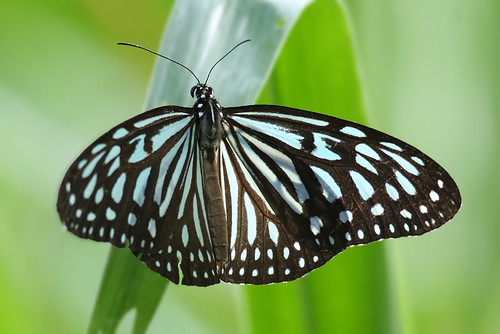
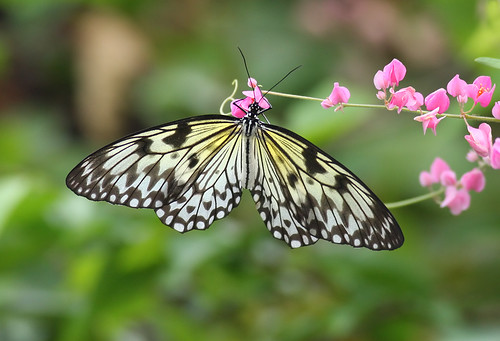


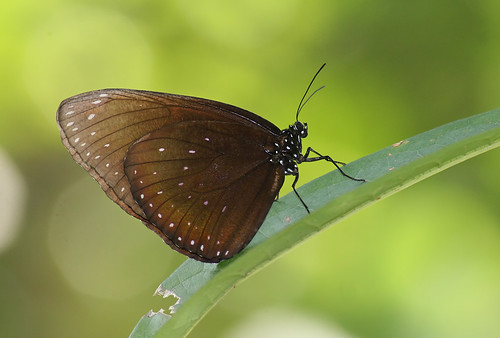



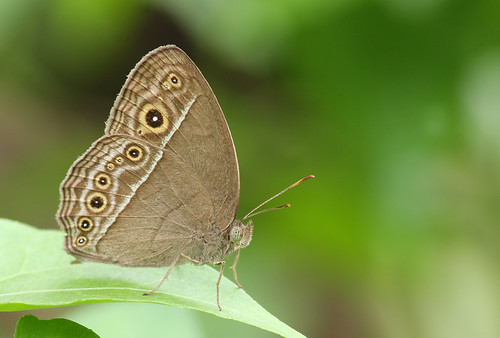
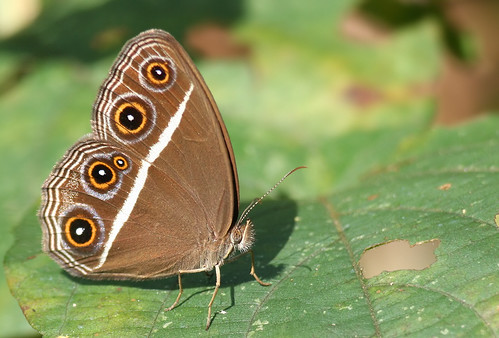
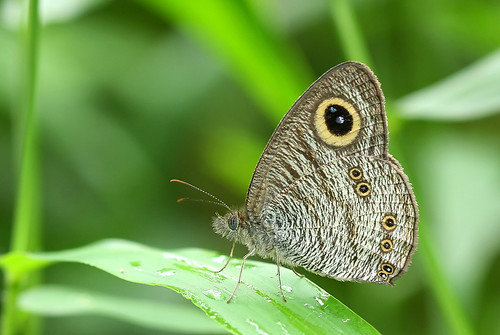

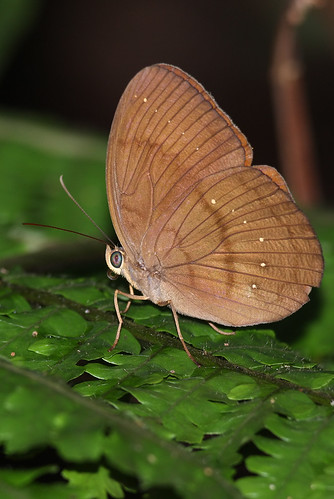
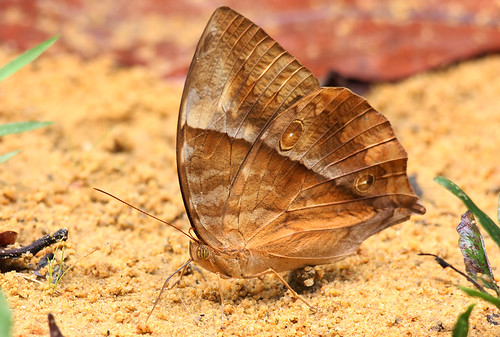



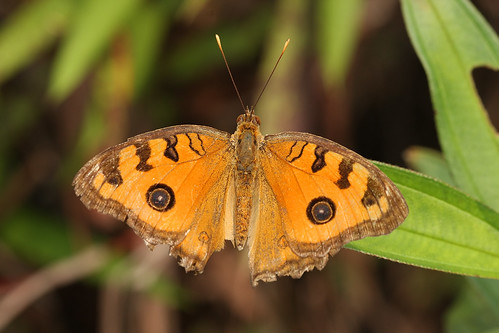

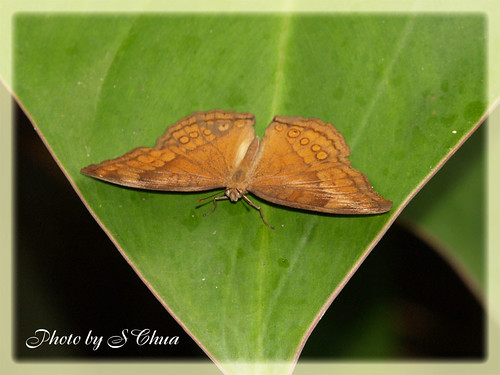



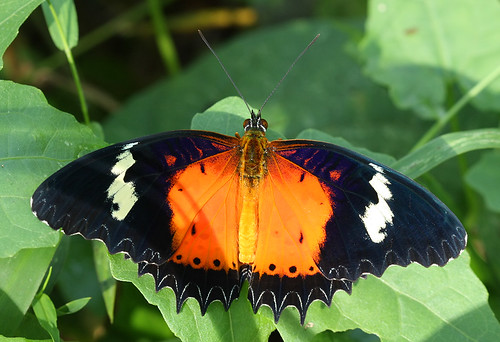
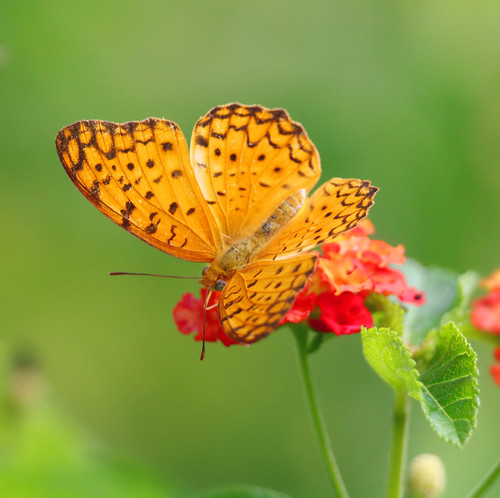

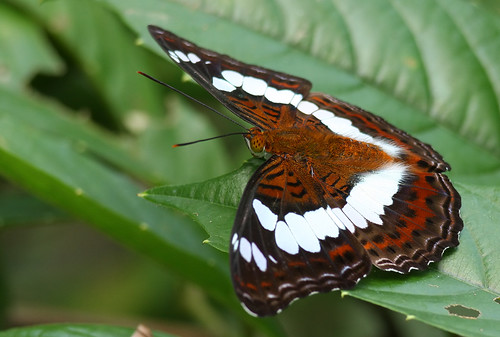







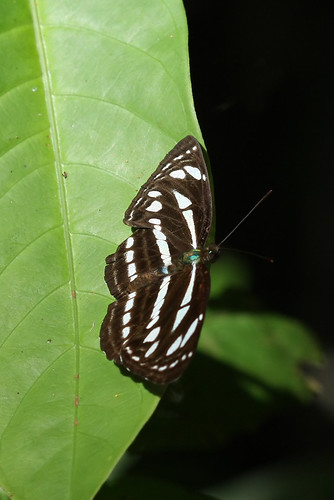
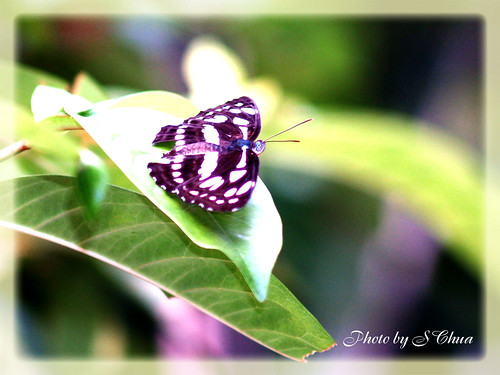



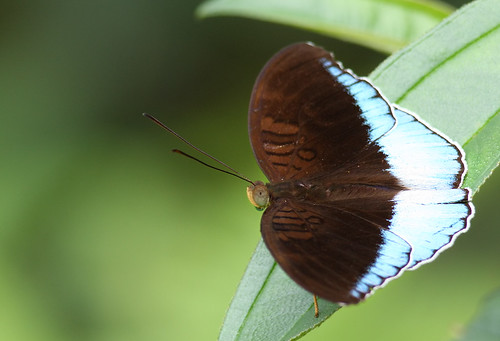



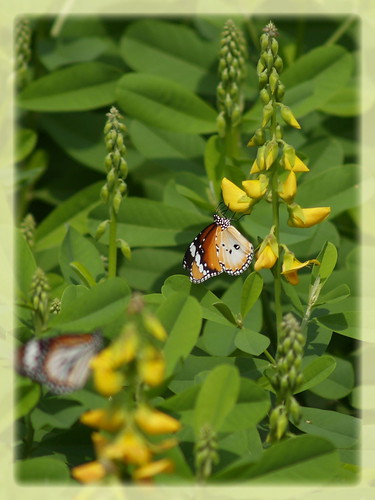
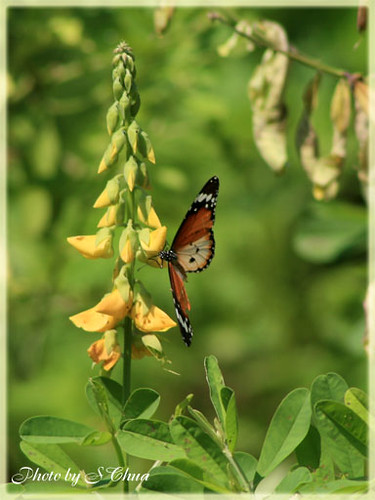
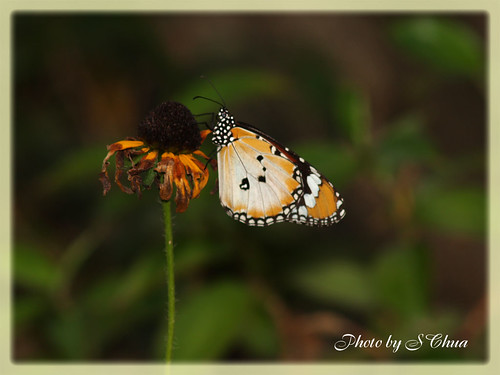
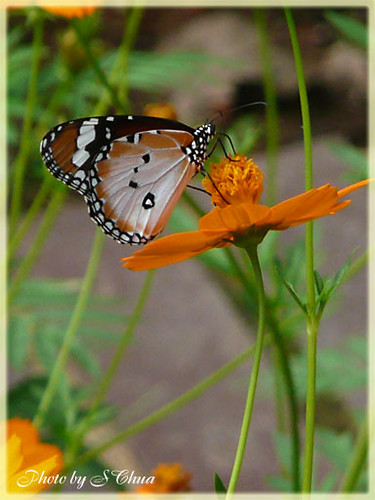







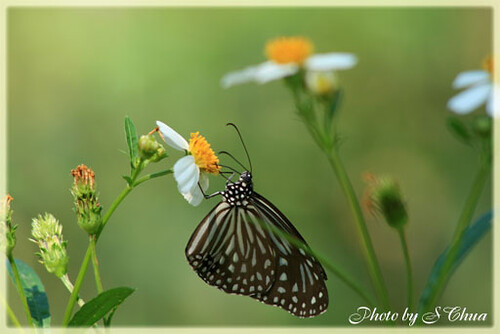

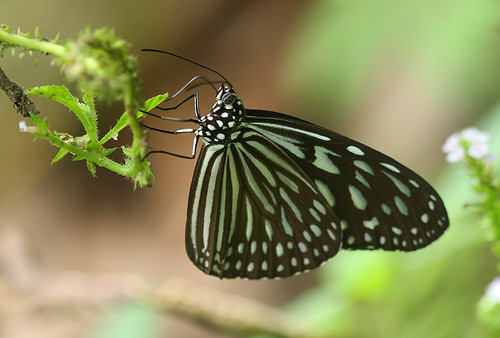
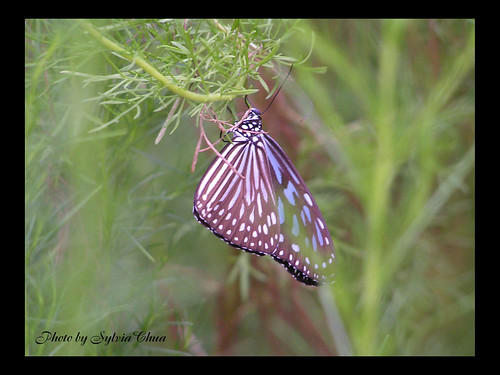
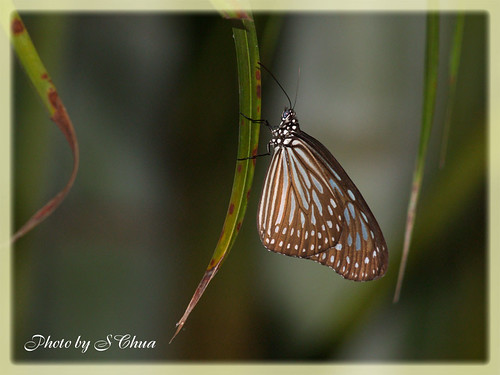

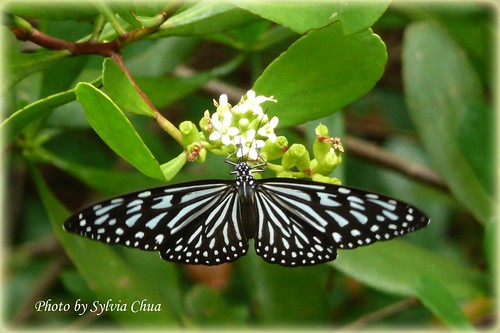












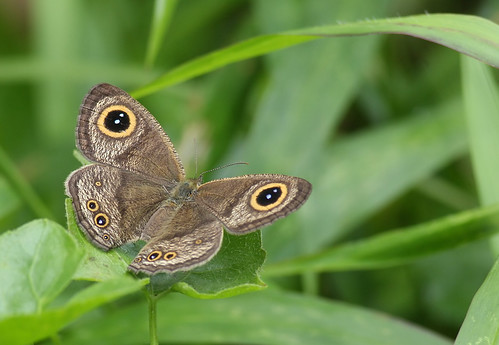

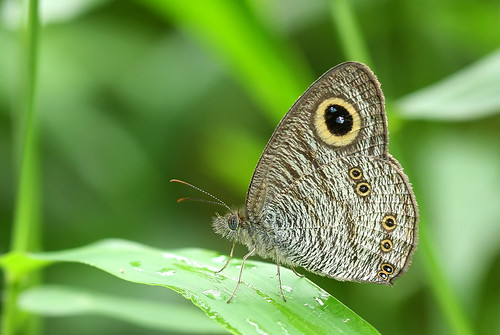

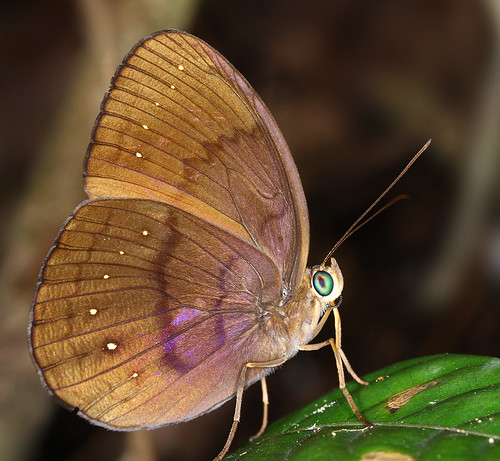











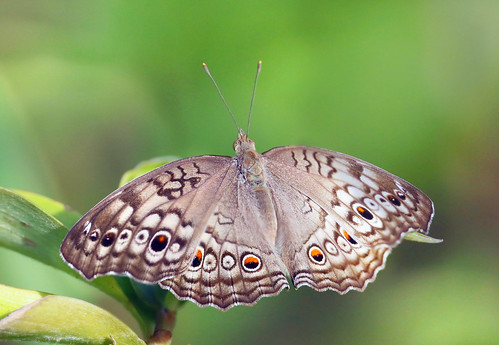

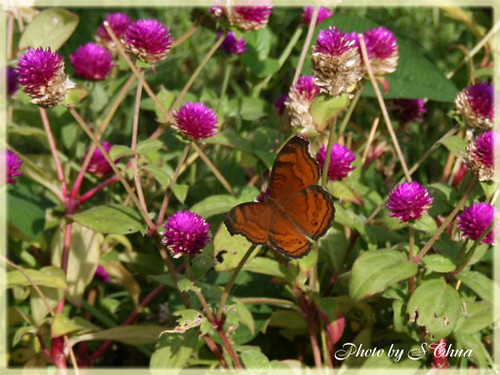
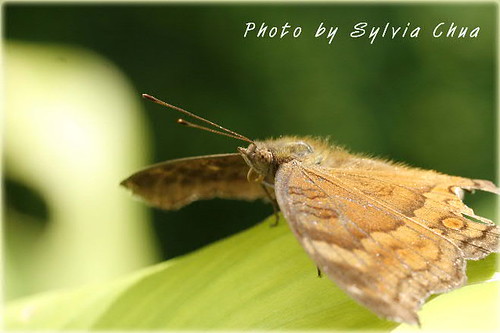




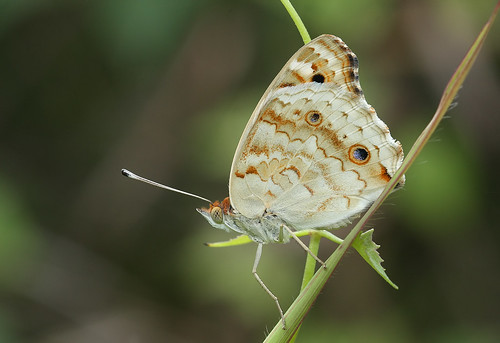




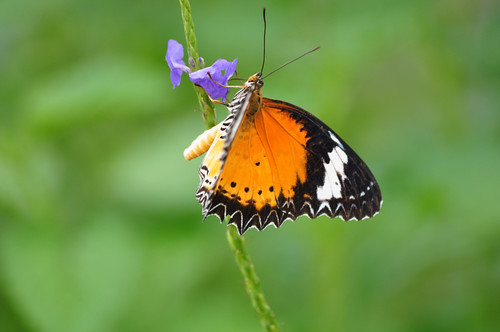
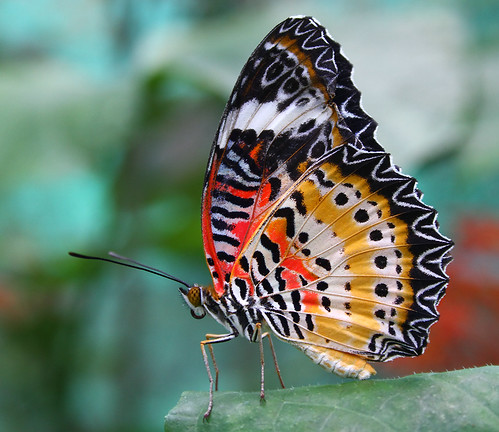













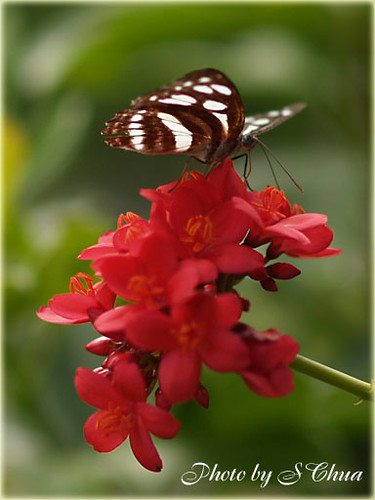





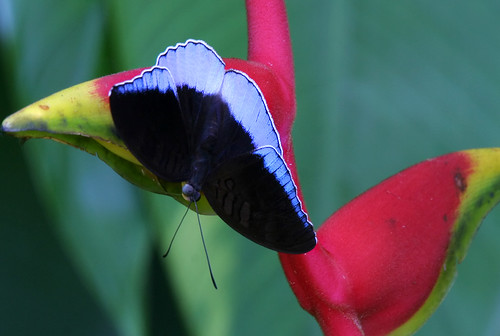


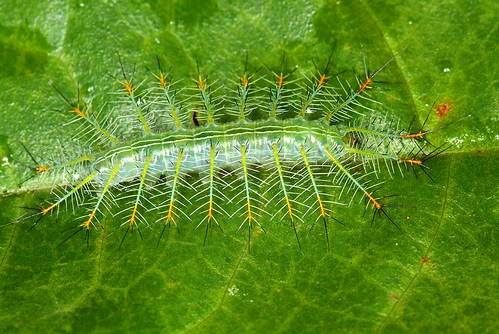



No comments:
Post a Comment